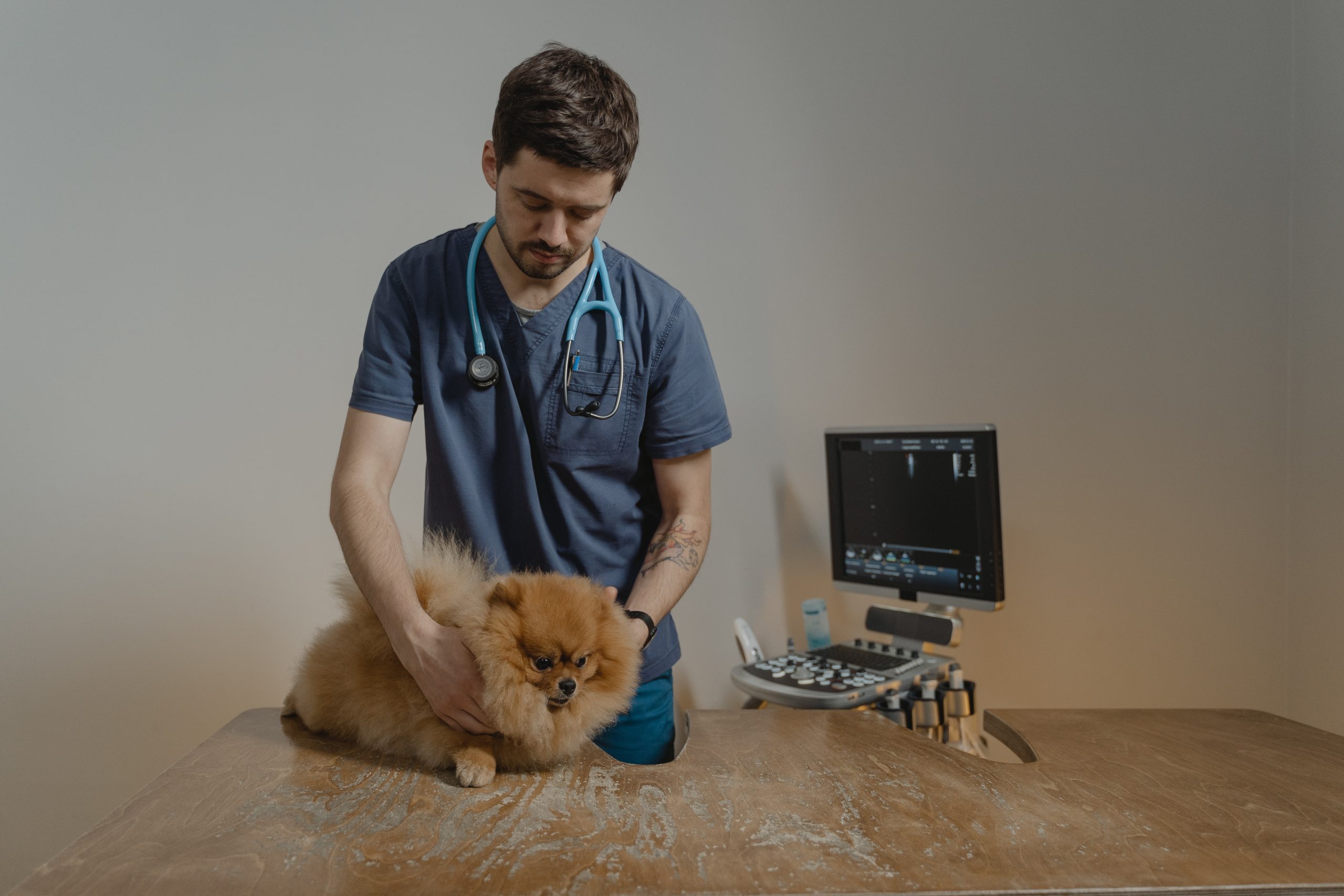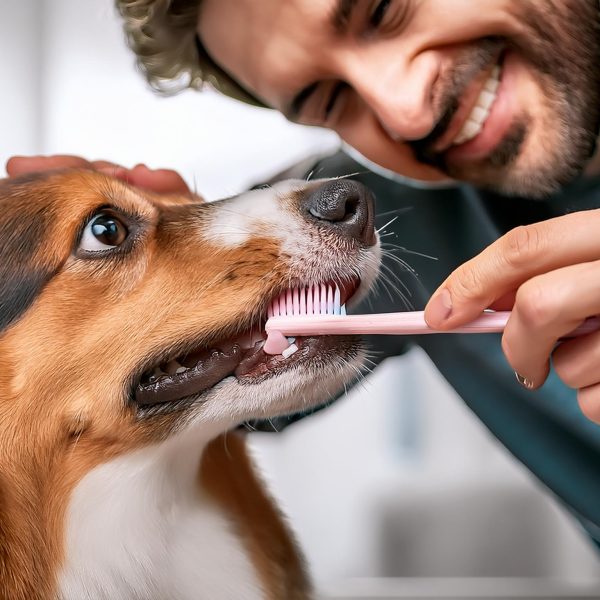Our furry companions, those beloved members of our families, bring us endless joy, companionship, and unconditional love. But just like humans, pets can fall victim to illnesses and health issues. As responsible pet owners, it is crucial for us to remain vigilant and proactive in detecting signs of illness in our beloved animals. Identifying symptoms and seeking timely medical attention can significantly enhance the likelihood of effectively addressing potential health concerns. In this comprehensive article, we will delve into various indications of illness and provide guidance on how to discern them.
1. Behavioral Changes
A sudden shift in behavior often serves as an early warning sign that something might be awry with your pet’s well-being. Dogs and cats, like us, display alterations in their demeanor when they are not feeling their best. Pay close attention to signs such as increased fatigue, abnormal sleep patterns, unexpected aggression or irritability, withdrawal from interactions, or a loss of interest in activities they once relished. Any of these unusual behaviors should prompt further investigation.
2. Altered Eating Patterns
Changes in appetite can be a glaring indicator of illness in pets. If your pet suddenly stops eating or shows a decrease in food intake, or if they seem uninterested in their meals altogether, it could be indicative of an underlying issue. Conversely, if your pet’s appetite increases, especially accompanied by weight loss, it might signal a problem. Monitor your friend’s eating patterns diligently.
3. Digestive Problems
Vomiting, diarrhea, or constipation should never be ignored as they can signify significant issues in pets. While occasional stomach upsets might be normal, persistent or severe symptoms warrant attention. Furthermore, the presence of blood in vomit or stool necessitates immediate veterinary care, as it could point to a more serious problem.
4. Breathing Changes
Unusual breathing patterns, coughing, sneezing, wheezing, or any respiratory sounds that deviate from the norm should raise concerns. Respiratory problems in pets could indicate infections, allergies, or even cardiac issues. If your pet appears to struggle with breathing or displays any signs of respiratory distress, seeking medical assistance is imperative.
5. Altered Urination Patterns
Monitor your pet’s urination habits closely. Frequent urination, straining while urinating, blood in the urine, or indoor accidents could all be indicative of urinary tract infections, bladder stones, or other urinary issues. These problems can cause discomfort and may require medical intervention.
6. Changes in Skin and Coat
A pet’s skin and coat often mirror their overall health condition. Excessive shedding, dry or flaky skin, hot spots, hair loss, or the presence of lumps and bumps on the skin may indicate a range of issues from allergies to infections or hormonal imbalances.
7. Changes in Hydration
Keeping an eye on your pet’s hydration levels is vital, as dehydration can be a sign of underlying illness. Check their gums; they should feel moist rather than dry or sticky. Another method to assess hydration is by gently lifting the skin at the back of your pet’s neck; it should promptly return to its original position. If it takes time to settle, dehydration could be a concern.
8. Eye and Ear Issues
Redness, discharge, cloudiness, squinting, or excessive tearing in the eyes could all point to infections, allergies, or other eye problems. Similarly, if your pet frequently scratches at their ears, shakes their head, or emits an unpleasant odor from their ears, they might be suffering from ear infections.
9. Lethargy
If your typically energetic pet suddenly appears tired and lacks enthusiasm without an apparent reason, it could indicate an underlying issue. While pets do tend to sleep a lot, it’s important to be observant if your usually active pet becomes lethargic and loses interest in play or exercise.
10. Changes in Vocalization
A normally quiet pet becoming unusually vocal, whining, howling, or excessively meowing might be their way of communicating that they are in pain or discomfort. Such vocalizations could indicate a problem that requires attention.
In Conclusion
Being attuned to your pet’s behavior and well-being is paramount for maintaining their health and happiness. Regular visits to the veterinarian are vital. As a pet owner, you play a pivotal role in identifying early signs of illness. Trust your instincts; if something feels off, it’s better to err on the side of caution. Remember that animals often conceal their pain well, so any noticeable changes should be taken seriously.
While this article provides insights into several indicators of illness in pets, it is by no means an exhaustive list. If you have any concerns about your pet’s health, it is always advisable to consult with a veterinarian. Our pets rely on us for their well-being, and through attentiveness and proactive care, we can provide them with the love and support they deserve.








